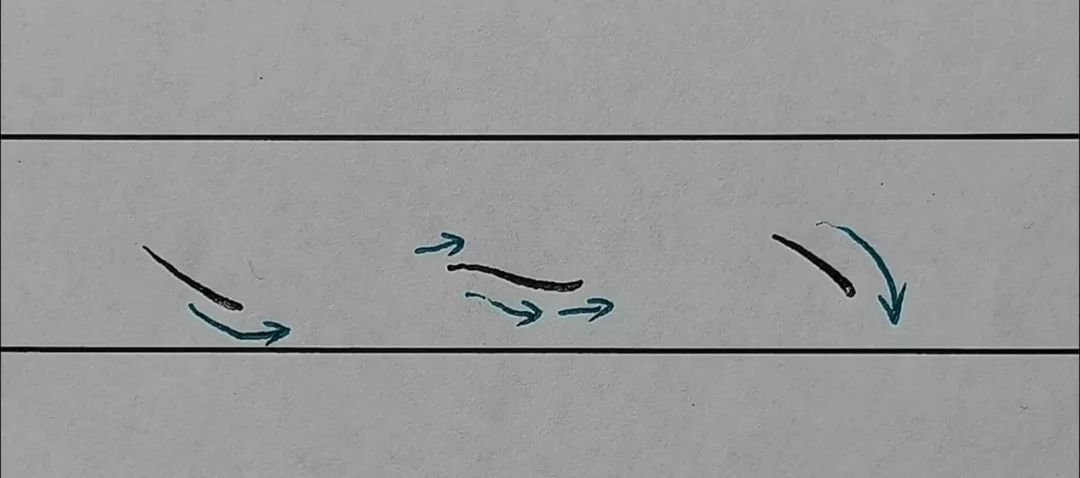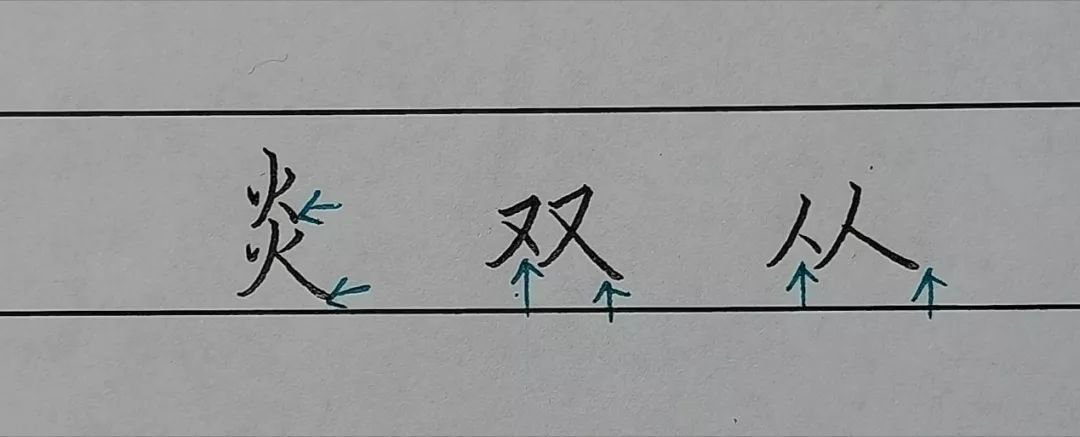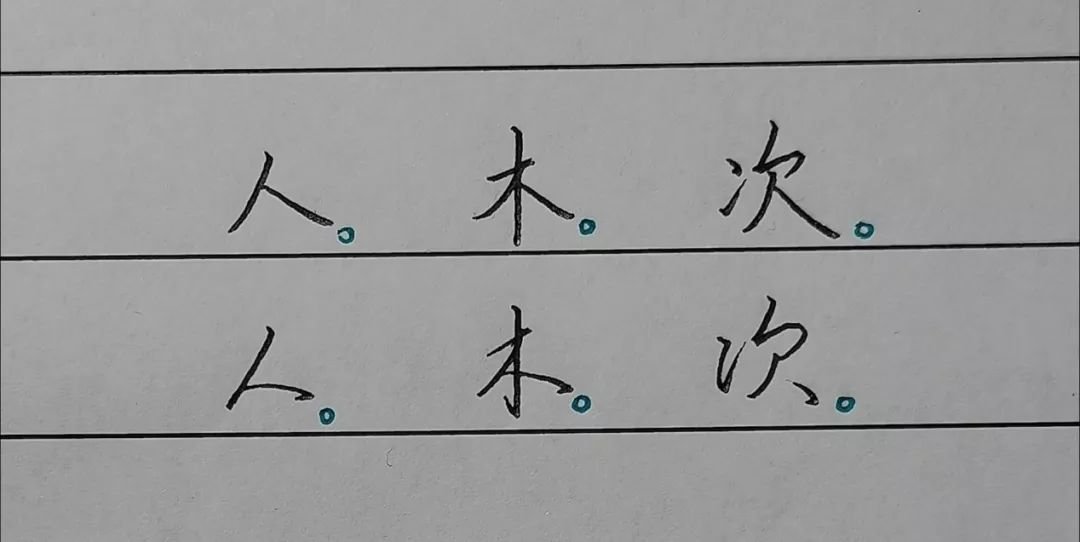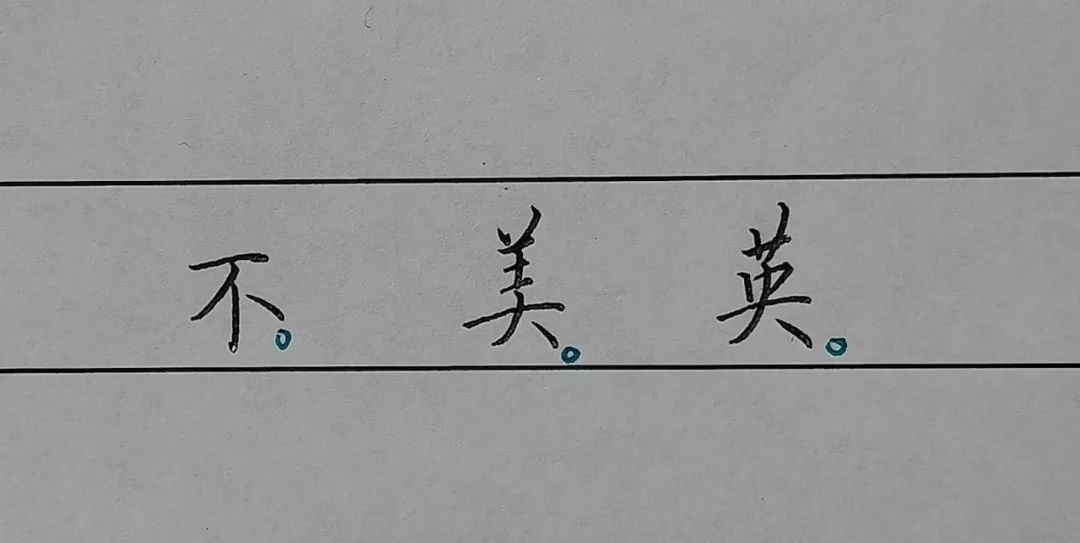Zheng Na is generally divided into two types: oblique Na and flat Na.

When holding the pen diagonally, it should be light, and the tip should be inserted into the pen. Then, the stroke process can range from light to heavy, from thin to thick. Gently lift the pen at the foot and draw the tip horizontally to the right. The length of the tip should not be too large.
The basic writing method of flat stroke is the same as that of diagonal stroke. You should pay attention to the starting point of the pen not to tilt up. You can write horizontally to the right for a short period. Similarly, the ending point of the pen must be closed.
The back stroke is also the tip of the pen, which is what we often call the tip of the pen. The stroke process is from light to heavy, with a slight arc downward. The stroke must be stable, the lines must be smooth, and there should be no broken joints. Don't make the tip of the pen too obvious.
The above is the writing method of positive and negative suppression. Next, let’s talk about when to use these two types of suppression.
Jiang He said in "Authentic Calligraphy": If there are two characters in a character, one should be "reflection". For example, Yan, Shuang, Cong, etc. Obviously, when we practice calligraphy, we most avoid repetition without change, especially the "捺" painting, which is usually the main stroke of a word, and a word usually does not have two main strokes in one direction at the same time, so when a word has When there are two counterattacks, at least one of them must use counterattack.

The above is just one situation. In many cases, there is actually no very clear rule. You must use positive or negative suppression.
Usually, in regular script, there are mostly positive expressions, while in cursive script, negative expressions are often used.

In a word, when you encounter a long horizontal character, you can use refutation, such as 不, 美, 英, etc.

In addition to these most basic rules, when practicing calligraphy, we should pay attention to "the intention comes first". When we write, we must follow the rules and regulations, and do not have too fixed routines. We can write different styles according to the specific situation. Only in this way can your words be more vivid and expressive.
The 21 "zhi" in Wang Xizhi's "Preface to the Lanting Collection" are all different. There are those that stretch, those that converge, those that are suppressed, and those that are suppressed. But you won't feel like you're showing off your skills, nor will it feel abrupt. On the contrary, the writing seems natural and agile because of so many changes.








